Here’s Carleton undergrad Sara Wall helping me drop 600 lbs of rocks and collect photogrammetry data in the Oregon Coast Range last year.
Why? First, a little backstory...
(thread)
#dayofscience
#dayofscience
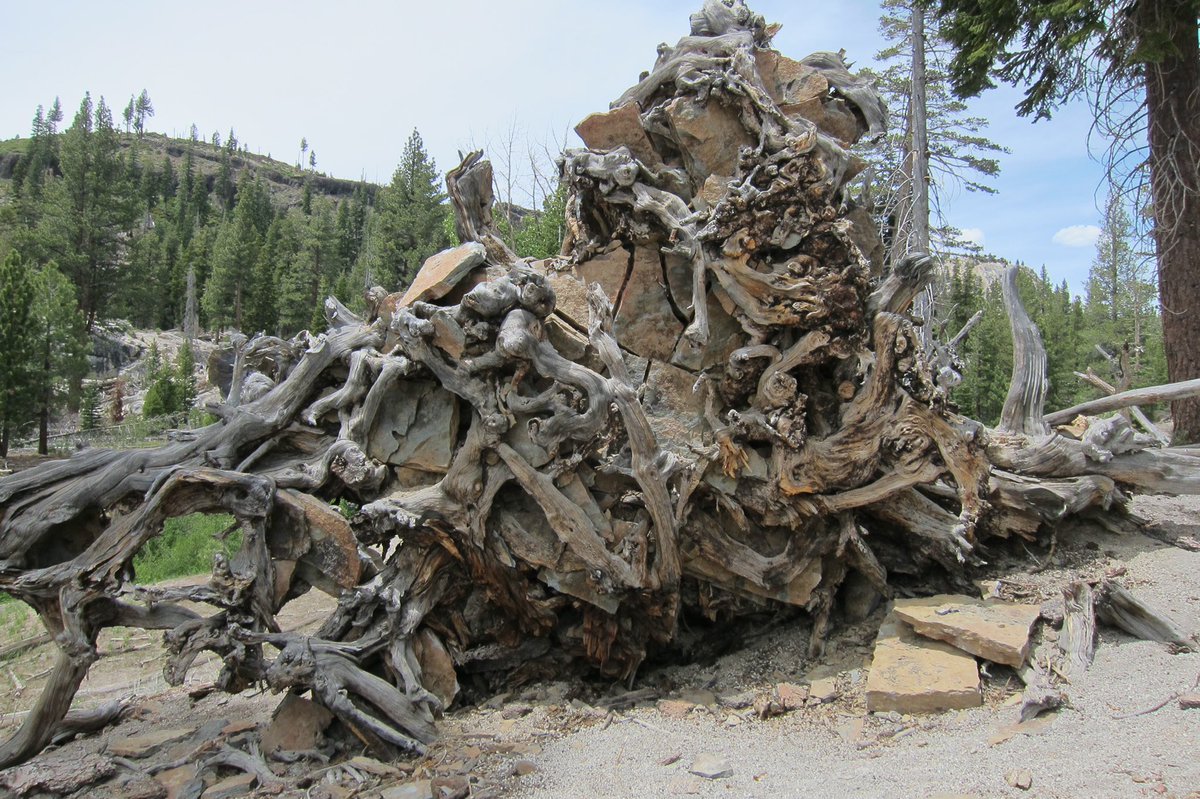
#dayofscience
#dayofscience
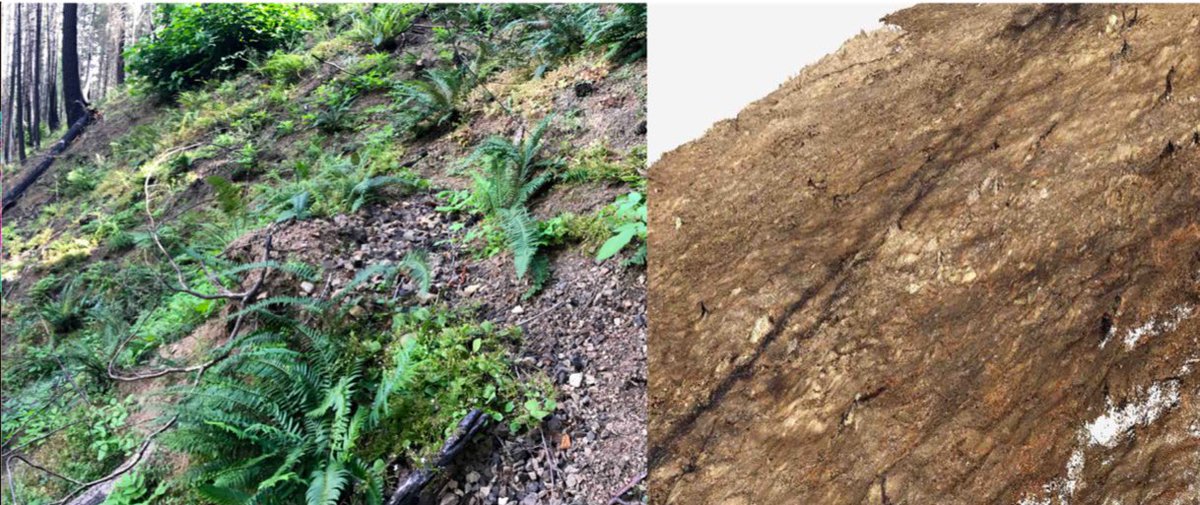
#dayofscience
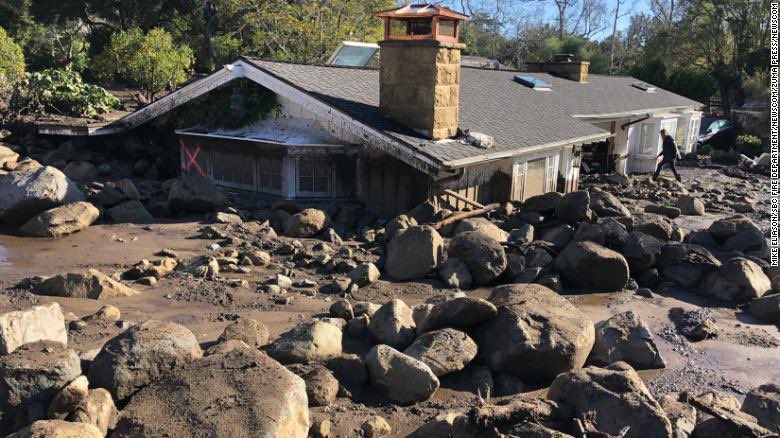
#dayofscience
#dayofscience
#dayofscience
#dayofscience

#dayofscience
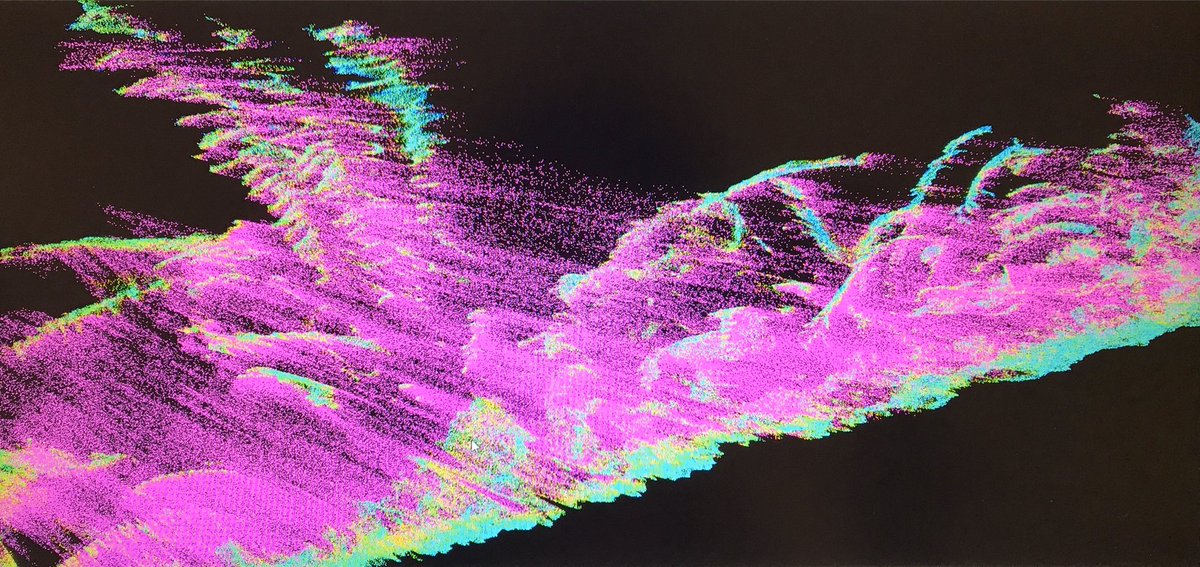
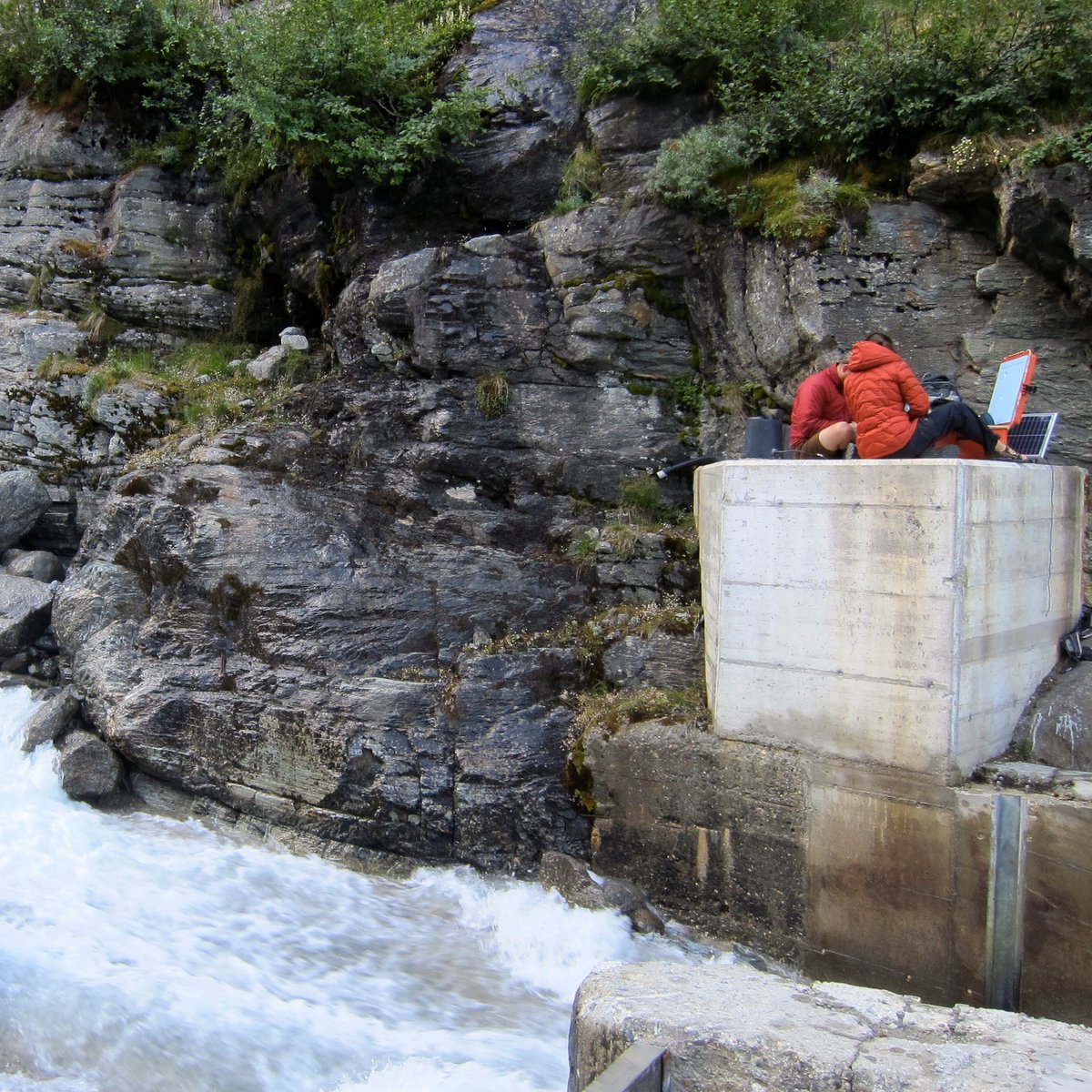
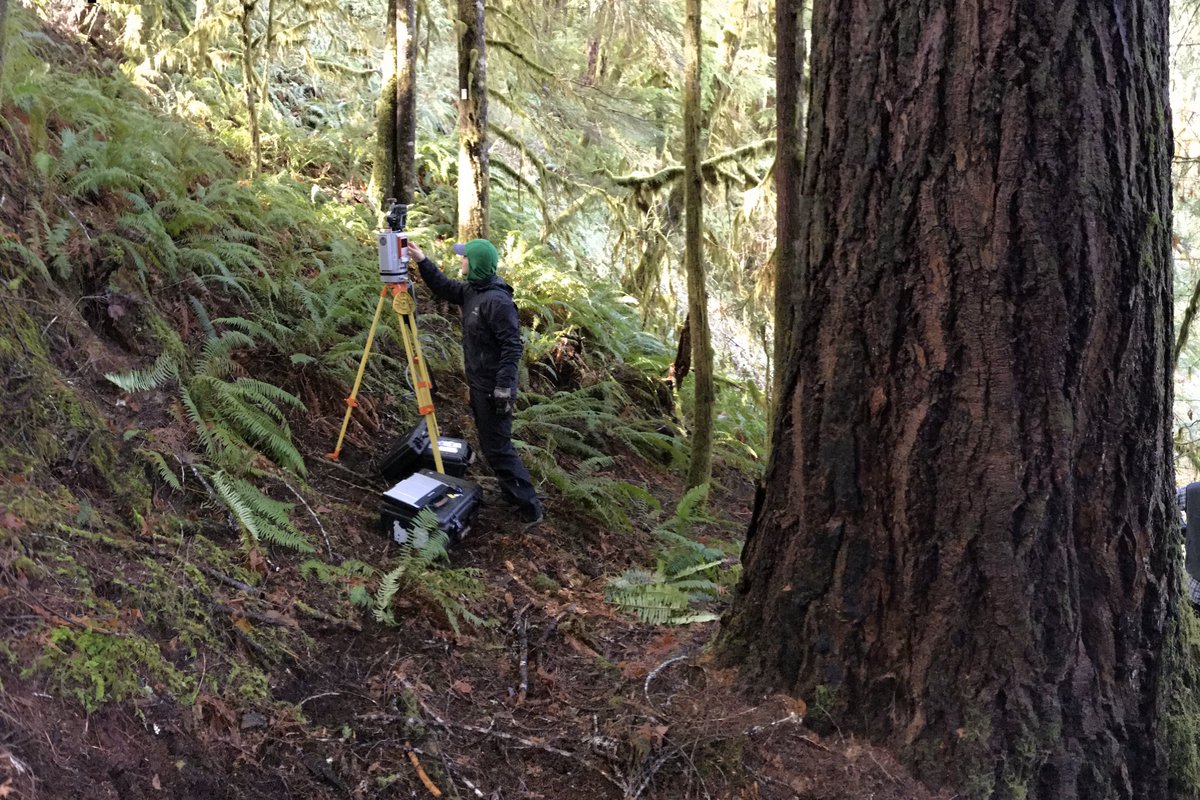
#dayofscience
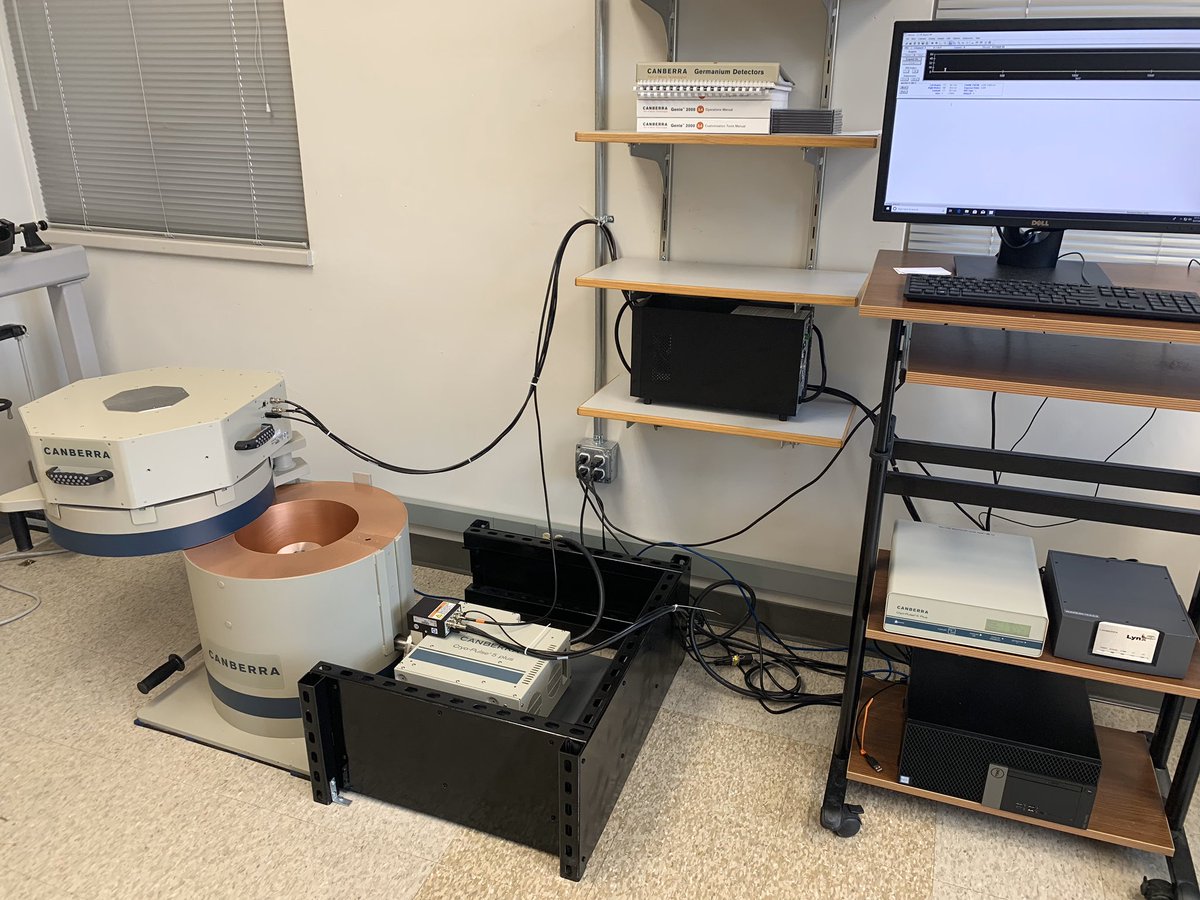
#dayofscience
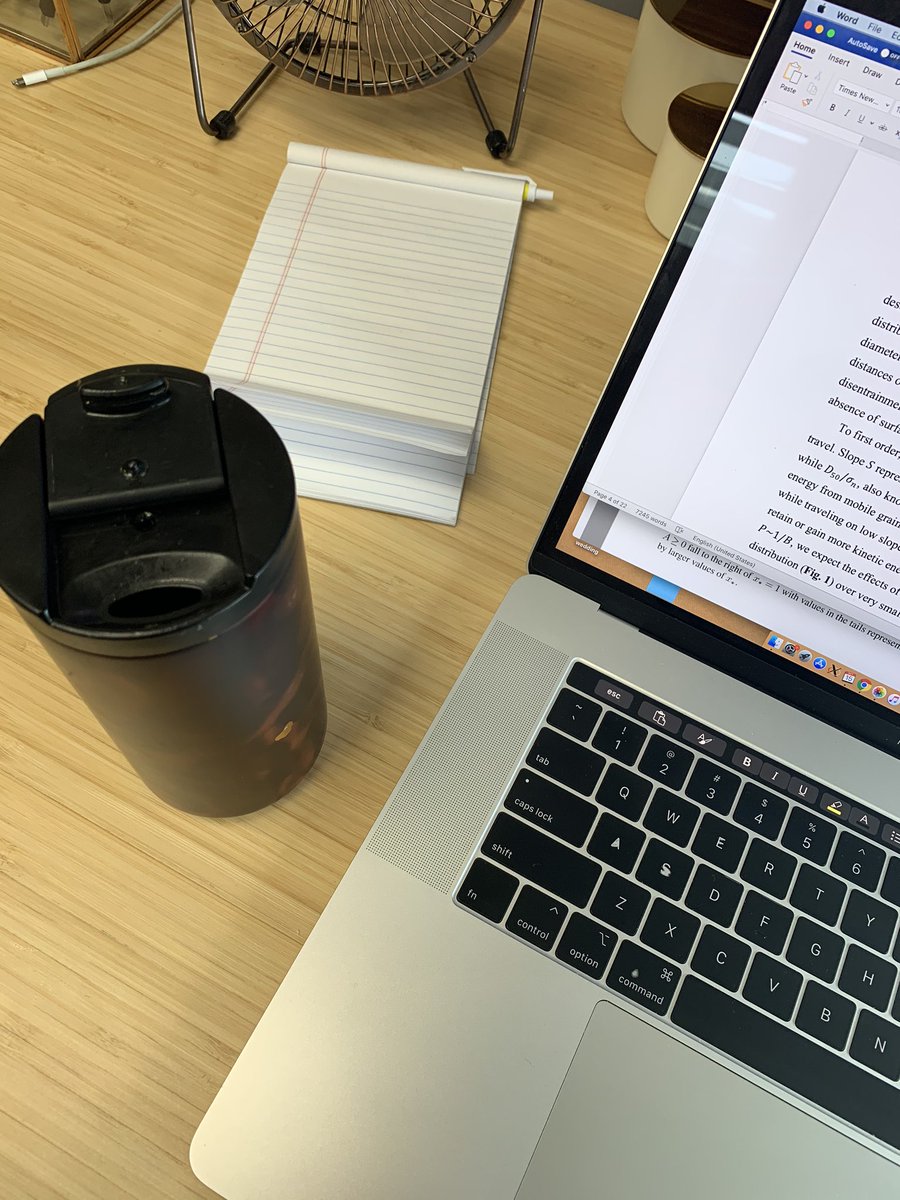
If you can make a donation, please support #womeninSTEM!
crowdrise.com/o/en/campaign/…















